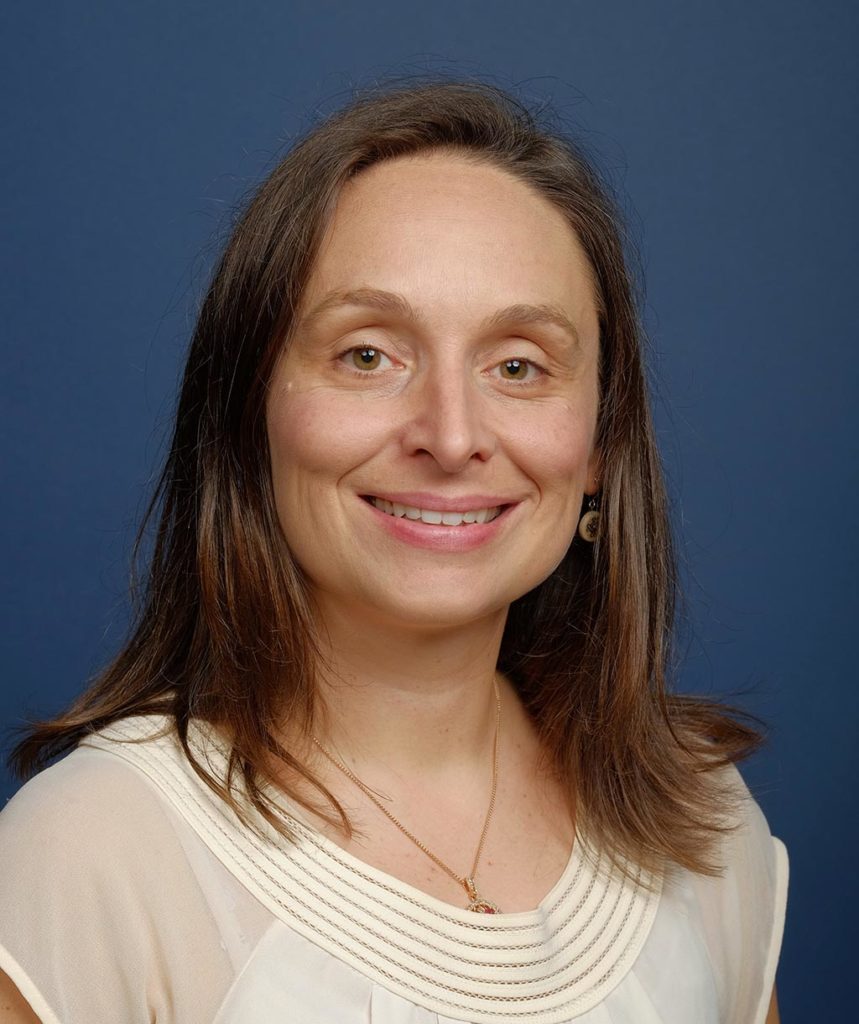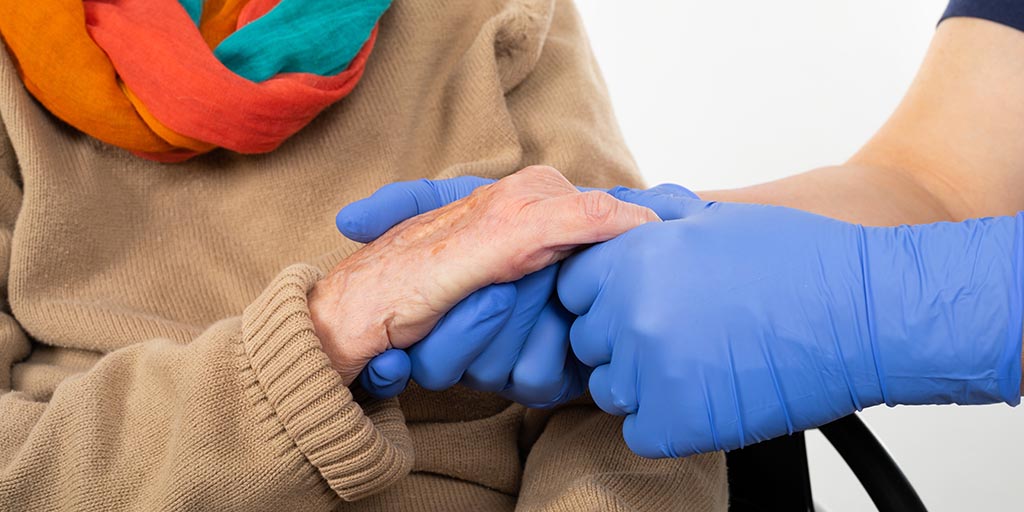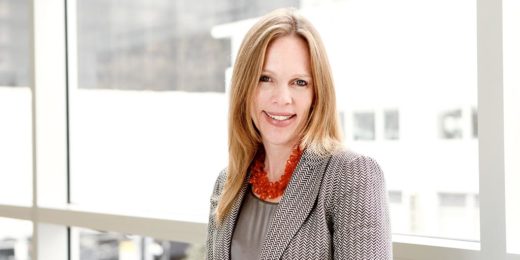Former U.S. Vice President Hubert H. Humphrey once said that the moral test of a society is how it treats its most vulnerable, among them "those who are in the twilight of their life, the elderly."
When the history of the COVID-19 pandemic is written, its ravages of residents of nursing facilities will likely standout as a failed test. Older people -- particularly those with underlying health conditions -- are more likely to have severe cases of COVID-19 and to die of the disease. That susceptibility, coupled with care in close quarters, has contributed to some jarring statistics: for example, nearly 26% of COVID-19 deaths in the United States have occurred in nursing homes and assisted living facilities.
For this 1:2:1 podcast, I spoke to Stanford Medicine geriatrician Marina Martin, MD, about how the heartbreaking number of deaths in those facilities might be a catalyst for change in how we care for fragile older people and how we view aging in America.
This Q&A is edited and condensed from our conversation.
The number of COVID-19 deaths of older people in nursing homes and skilled nursing centers has been especially frightening. Why are residents of these facilities so susceptible to the virus?
Coronavirus tends to cause more serious illness in older people, especially those with pre-existing conditions. The people who live in these facilities are, on average, probably over 80 and tend to be some of the frailest and sickest members of our society.

They're living in a place that is very prone to contagion -- this is something we've known about nursing homes for a while, through previous influenza outbreaks. The care required is more personal and up-close, especially with people who need help eating, brushing their teeth, bathing, using the bathroom or even getting around. These are all things you can't do from six feet away.
Also the majority of residents in these settings have some cognitive impairment. They can't understand and follow rules around physical distancing or wearing masks much of the time. And it's hard to physically isolate them in their rooms; there's a lot of resistance to that for good reason.
Finally, nursing facilities are understaffed. We just do not have enough staff in these facilities -- oftentimes, there are 20 or more residents per nurse, and the nurses have to go from room, to room, to room, to room.
What is the mood inside the nursing homes at this point?
At the beginning of this pandemic, there was so much that was unknown. I think all of us felt some fear and trepidation in not knowing what was going to happen, and also terribly unprepared. I think that has lasted much longer in the nursing homes than it has anywhere else. The majority still do not have the testing, the personal protective equipment or backup staffing in the quantities needed to ensure that we can safely provide care.
What concerns are you hearing from home caregivers?
The primary one is that they're a lot more on their own than they are used to being. Prior options, like adult day care centers or senior centers, that would have given them a respite are minimal. There's also a lot of worry and fear; a lot of questions about what to do and what not to do; and a hunger for information in a rapidly changing environment.
How important is it for people to think about values and priorities as they age?
This has always been a major passion of mine and a major reason I went into geriatric medicine. A lot of older adults lose their ability to speak for themselves, especially if they become seriously ill. If it takes something like this pandemic to remind us how important it is to think in advance about what's important and whom we trust to help with medical decisions, that could be a silver lining.
How have you been impacted? What have you learned?
The hardest part has been seeing how far we still have to go in supporting marginalized and more vulnerable groups in our society. We don't do enough to support older people who can't care for themselves. That's really been painful to witness, and I haven't been able to dramatically move the needle on that myself.
What do you hope are some of the bigger lessons learned here?
Before the pandemic, there was discussion about ageism and how we can age in a healthy supported way. Thanks to the baby boomers surviving longer, being healthier and more active, and demanding better things, we were starting down a road of progress. Then -- boom -- we have this major setback and illustration of how far we have to go. I'm hoping it will be a catalyst and give fuel to that fire.
Listen to more 1:2:1 podcasts on COVID-19 from Paul Costello at https://soundcloud.com/stanfordmed/sets/covid-19
Image by Ocskay Mark






